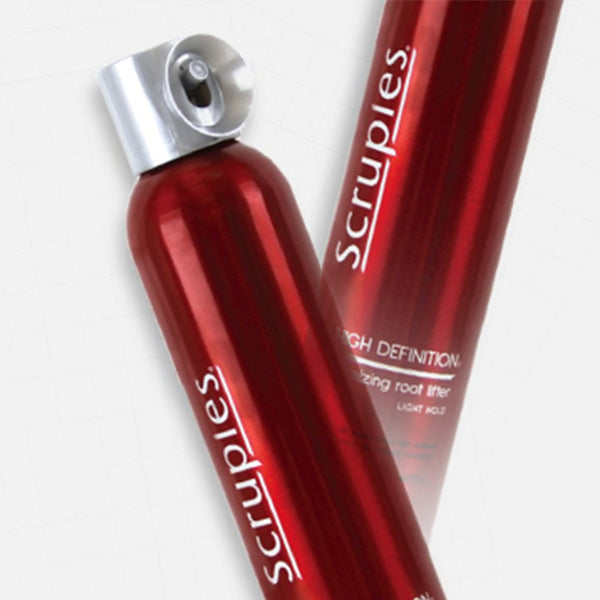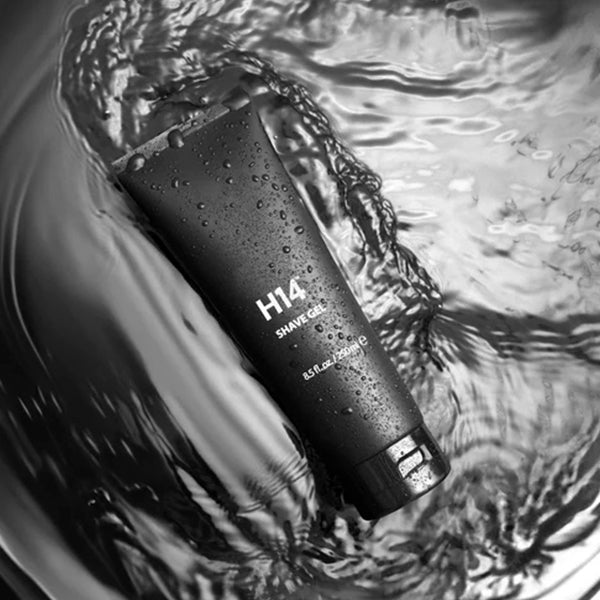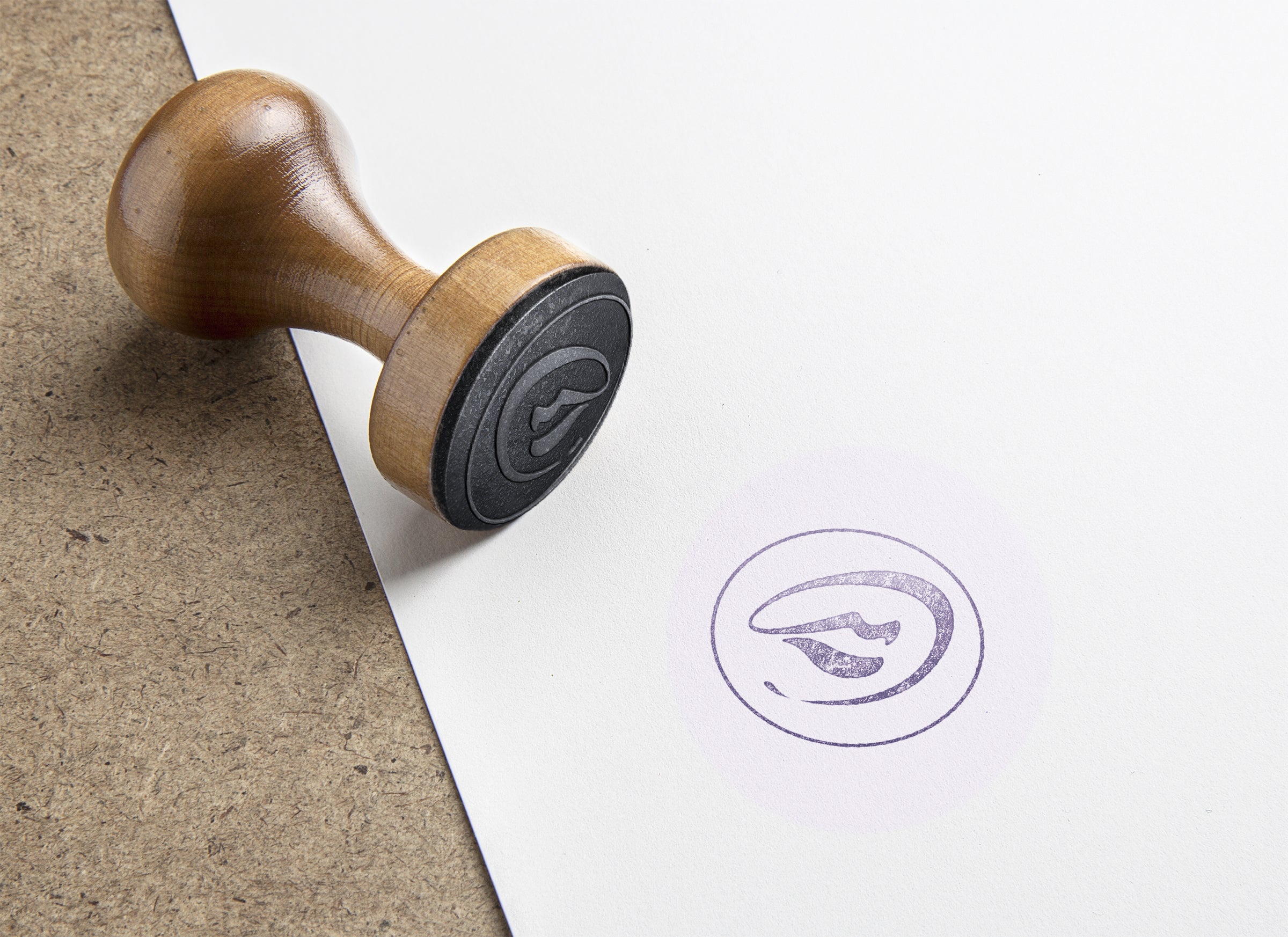Fringe Mapping: Why Millimeters Matter in Face-Framing Design
A fringe can completely transform a haircut—but not because of length alone. The difference between flattering and awkward often comes down to millimeters. Fringe mapping, the process of planning fringe shape based on facial structure, growth pattern, and hair behavior, ensures every cut feels intentional and harmonized with the client’s features.
1. Why Mapping Matters
Fringes frame the focal point of the face—the eyes. Because of this, the smallest adjustment in angle, density, or width changes the entire perception of the cut.
-
One millimeter too short can shift the look from soft to severe.
-
One millimeter too wide can distort face proportion or overwhelm smaller features.
-
One millimeter too deep into the crown can create a heavy fall that resists styling.
Fringe mapping turns guesswork into geometry.
2. Understanding Face Zones
Mapping begins by dividing the face into balance zones rather than following generic “fringe shapes.”
-
Shorter faces: Need vertical balance—opt for lighter, more textured fringes that open up space.
-
Longer faces: Benefit from width—curved or curtain fringes that visually shorten the forehead.
-
Angular faces: Require softness—round or side-swept designs that diffuse strong lines.
-
Round faces: Call for structure—longer internal angles that elongate the face.
Each variation begins with where you part, how far back you section, and the natural fall of the hairline.
3. Hairline, Density, and Growth Direction
Fringe success depends on what’s growing there.
-
Cowlicks and swirls near the hairline determine the natural split point—ignore them, and the fringe will always resist styling.
-
Fine density: Needs narrow sections to avoid gaps.
-
High density: Requires controlled elevation and texturizing to prevent heaviness.
Mapping before cutting lets you anticipate movement rather than fight it afterward.
4. Sectioning Precision
Use small, deliberate sections—each millimeter matters:
-
Too deep into the crown: Adds weight and volume that overwhelm finer features.
-
Too shallow: Leads to transparency and separation.
-
Overdirecting or uneven tension: Can shift the fall, creating unintended asymmetry.
Every section should serve a purpose within the final shape—whether it’s balance, softness, or exposure.
5. The Consultation Connection
Clients often reference photos without understanding proportion. Use mapping language to explain your precision:
“Your forehead height and growth pattern will determine how far back I take your fringe. If we adjust just a few millimeters, it’ll sit right where it should—without constant styling.”
This approach communicates expertise and prevents unrealistic expectations.













